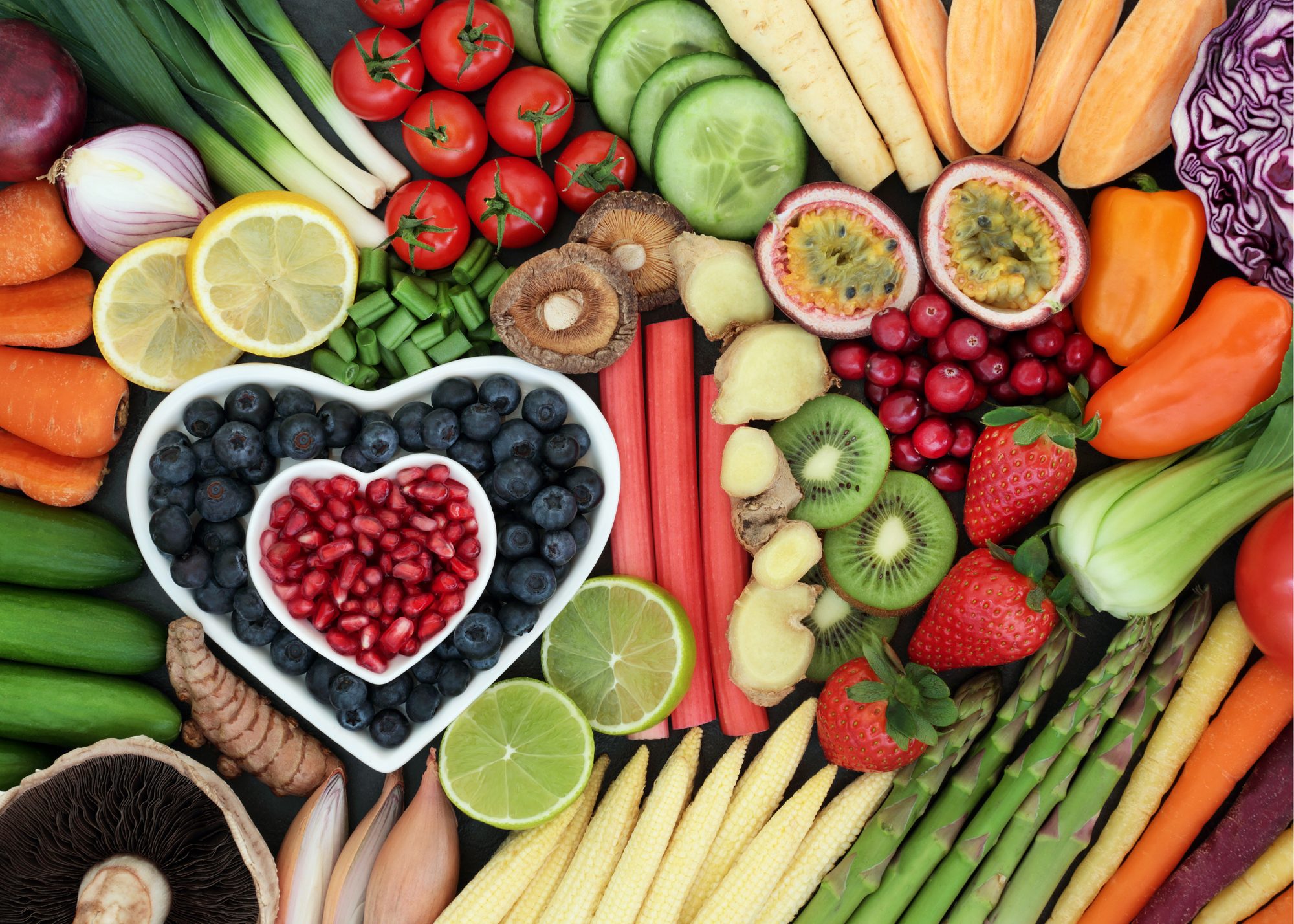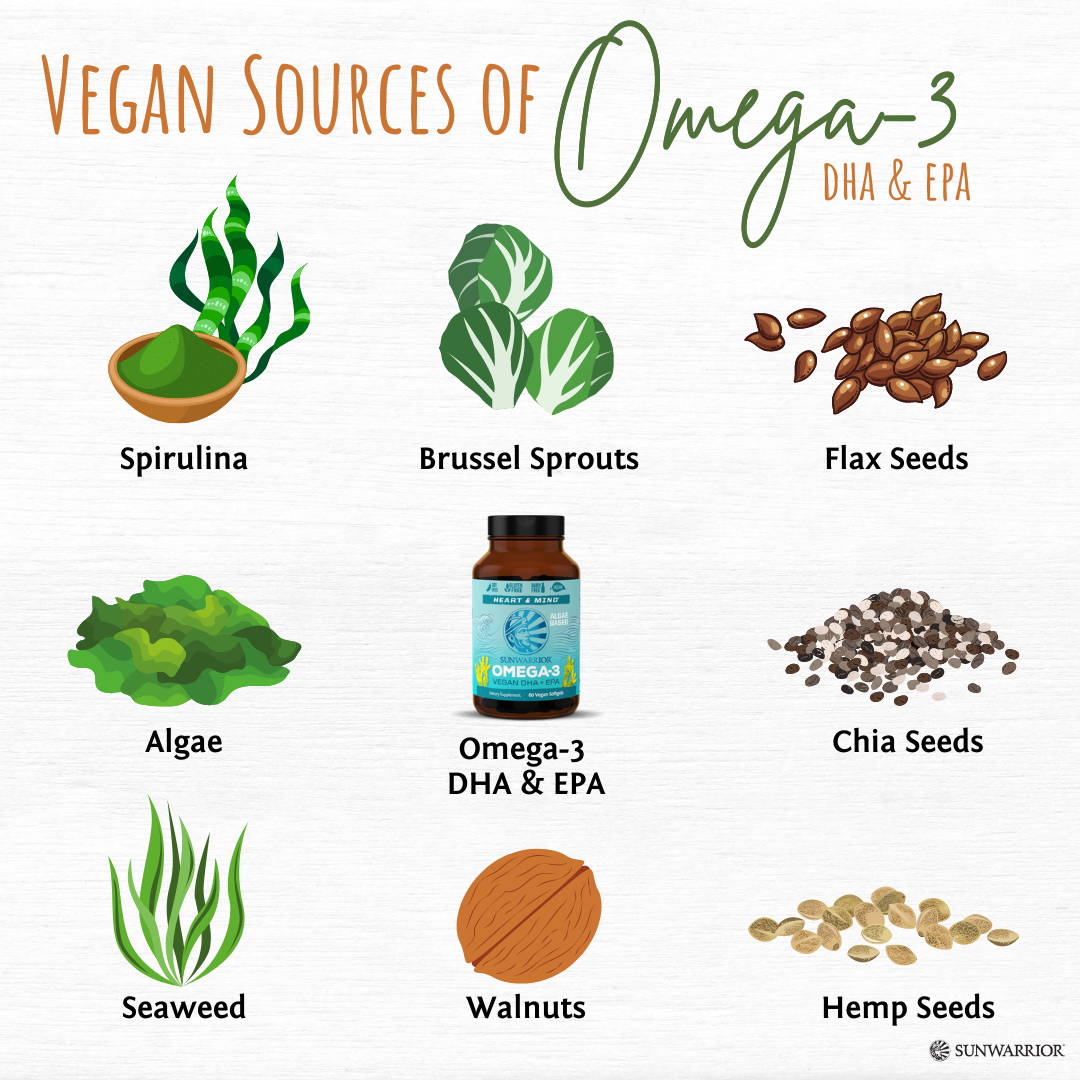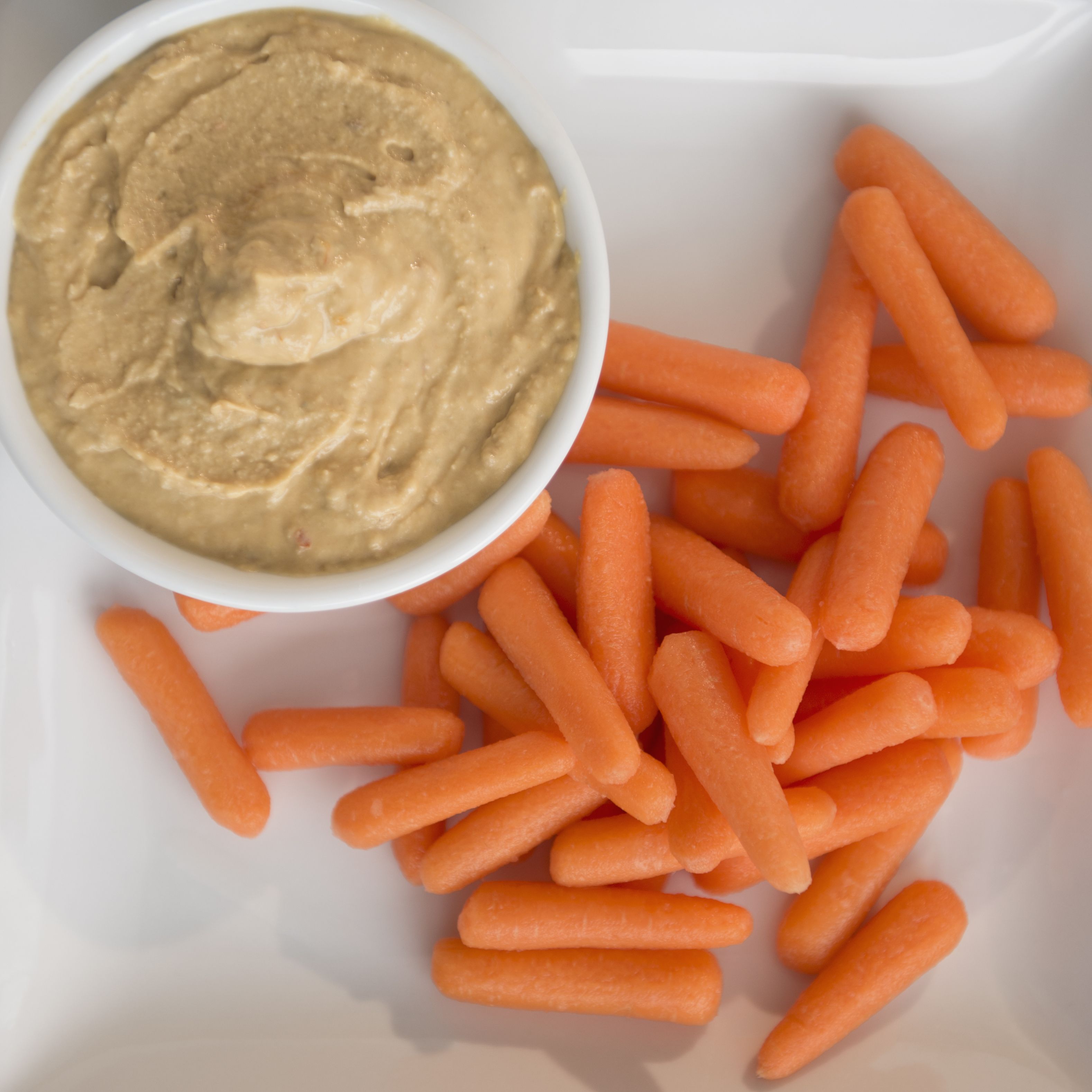
Tofu veg recipes should be low in sodium, and there are several ways to make tofu a lower sodium food. To make tofu vegetable recipes low in sodium, this article will teach you how to use soy sauce and teriyaki peanut butter sauce. Finally, you will learn how to make a stir-fry sauce for tofu vegetable recipes.
Low-sodium tofu veg recipes
There are many ways you can prepare tofu. Tofu's firm texture allows it to absorb sauce. This type can be made quickly and can be served with either rice, noodles, or veggies. This tofu can be marinated with different ingredients before it is cooked. You can also adjust the seasonings to your liking.
Place a sheet parchment paper on a baking pan to make cooking easier. Place the block on top of the paper towel and weight it down with a few items. Then, bake the tofu for about 25 to 35 minutes, flipping it halfway through. The longer the tofu is cooked, the more difficult it will become. To make it more tender and moist, you can cook it for about five to 10 minutes at a time.

Soy sauce for tofu veg recipe
Add a teaspoon each of chili sauce and brown sugar to your tofu. This enhances the flavor and texture of the tofu. You can substitute agave syrup if you don't happen to have soy sauce. Cayenne flakes should be omitted as they will make the sauce too watery. Lastly, you can substitute seitan for tofu.
Place the skillet in a saucepan on high heat. Add the vegetables and tofu. Cook until tender. Salt and pepper to your liking. Mix the sauce with the vegetables. Cook until combined. Serve the Spicy Sesame Tofu on rice. Let your meal come together in minutes. Enjoy! Here are some ways to use soya sauce.
Tofu veg recipe: Add teriyaki Peanut Sauce
A wonderful addition to your tofu vegetable recipes is to add teriyaki peanut oil. To create this delicious sauce you must first press the tofu. Extra-firm tofu is more moist and has a crispier outer layer. Tofu dipped in peanut sauce is crunchy and tasty. You can also serve the dish with rice or other vegetables.
You don't need teriyaki sauce to make your own. It's easy to make your very own in just a few hours. You can make teriyaki paste at home. This is naturally gluten-free. Tofu-teriyaki is more delicious when it's made with cornstarch. You can use arrowroot starch to replace cornstarch.

Make a stir-fry sauce for tofu vegetable recipes
Making a stir fry sauce in Chinese cooking is crucial for creating a tasty meal. While it can be time-consuming, chop vegetables is an essential step in stir-frying. Combine 1 tablespoon of soy sauce and 1 cup brown sugar. Add tofu to this mixture. Allow tofu mixture to rest for 5-10 minutes.
After all the vegetables are cooked, add the tofu. Mix well. Extra-firm Tofu is recommended for crispy tofu. Medium tofu won't crisp up well. Firm tofu contains less water. The less water it has, the more difficult it will be to make it crisp. Before adding the tofu, make sure you stir-fry all vegetables. If you prefer a softer texture, use soft tofu and add less water.
FAQ
Is cold a sign of a weak immune response?
According to some, there are two kinds: people who love winter and people who hate it. You may wonder why you feel so miserable in the cold, no matter how much you love or hate winter.
Our bodies were designed to work best in warm climates. Our bodies were designed to thrive in hot weather because this is where the majority of our food sources are.
However, our environment is quite different than that of our ancestors. We spend more time indoors, are often exposed at extreme temperatures (cold and hot), and eat processed food rather than fresh.
Because of this, our bodies have become accustomed to extremes. So, when we do venture out into the outdoors, we often feel exhausted, sluggish or even sick.
There are some ways to reduce these side effects. Staying hydrated is one way to combat this. You can help flush out toxins and keep your body hydrated by drinking plenty of water.
You must also ensure that you are eating healthy foods. Healthy food will help your body maintain its optimal temperature. This is especially beneficial for anyone who spends a lot of time inside.
You can also meditate for a few minutes every day. Meditation can help you relax your mind, body and soul. This makes it easier to manage stress and illnesses.
What is the difference between calories and kilocalories?
Calories are units that measure the energy content of food. Calories are the unit of measurement. One calorie is the amount of energy required to heat one gram water one degree Celsius.
Kilocalories is another name for calories. Kilocalories can be measured in thousandsths of one calorie. 1000 calories equals 1 kilocalorie.
What is the difference among a virus or bacterium and what are their differences?
A virus, a microscopic organism that can not reproduce outside of its host cells, is called a virus. A bacterium can be described as a single-celled organism which reproduces by splitting in two. Viruses have a very small size (approximately 20 nanometers), while bacteria can grow to a maximum of 1 micron.
Viruses spread easily through contact with bodily fluids infected, including saliva and urine, semen, vaginal secretions or pus. Bacteria are usually spread through direct contact with contaminated objects or surfaces.
Viral infections may enter the body through cuts, scrapes. bites and other skin breaks. They can also get into the skin through the nose, mouth and eyes, ears as well as through the rectum, rectum and anus.
Bacteria can be introduced to our bodies by cuts, scrapes or burns. They can also get into our bodies via food, water or soil.
Both bacteria and viruses can cause illness. Viruses can not multiply in the host. Infecting living cells is what causes them to become sick.
Bacteria can cause illness by multiplying in the body. They can invade other areas of the body. They can even invade other parts of the body, which is why antibiotics are necessary to eradicate them.
Statistics
- WHO recommends consuming less than 5% of total energy intake for additional health benefits. (who.int)
- The Dietary Guidelines for Americans recommend keeping added sugar intake below 10% of your daily calorie intake, while the World Health Organization recommends slashing added sugars to 5% or less of your daily calories for optimal health (59Trusted (healthline.com)
- WHO recommends reducing saturated fats to less than 10% of total energy intake; reducing trans-fats to less than 1% of total energy intake; and replacing both saturated fats and trans-fats to unsaturated fats. (who.int)
- In both adults and children, the intake of free sugars should be reduced to less than 10% of total energy intake. (who.int)
External Links
How To
How to keep your body healthy
This project had one goal: to provide some tips on how to keep your body healthy. The first step towards maintaining health is to understand what you should do to maintain your health. We had to learn what was good for our bodies in order to do this. We then looked at different ways in which people try to improve their health and we found out that there were many things that could help us. Finally, we came up some tips that would make us happier and healthier.
We started by looking at what food we eat. Some foods are harmful and some are good for us. We know that sugar causes weight gain, so we are aware of this. On the other hand, fruits and vegetables are good for us because they contain vitamins and minerals that are essential for our bodies.
Next, exercise was discussed. Exercise strengthens our bodies and gives us more energy. Exercise makes us happy. There are many types of exercise that you can do. You can do many things like running, swimming, dancing and lifting weights. Yoga is another way to improve your strength. Yoga is a great exercise, as it increases flexibility. You should avoid eating junk food and drink lots if you are looking to lose weight.
Let's talk about sleep. Sleep is an important thing that we must do each day. Insufficient sleep can cause fatigue and stress. This can lead us to many problems, including back pain, depressions, heart disease, diabetes and obesity. It is essential that we get sufficient sleep in order to keep our health good.